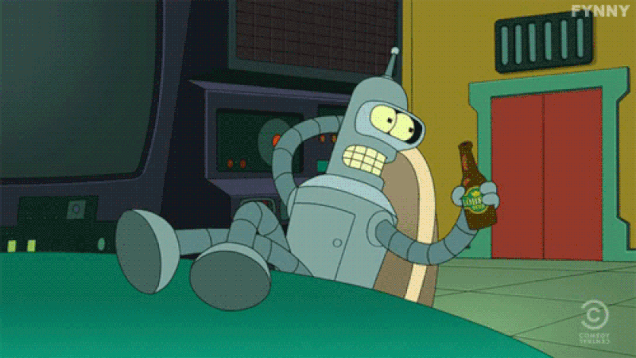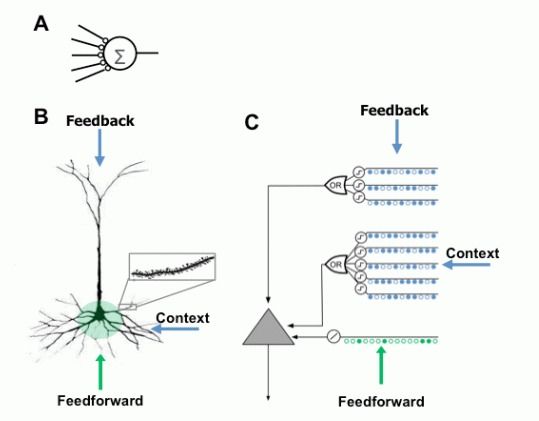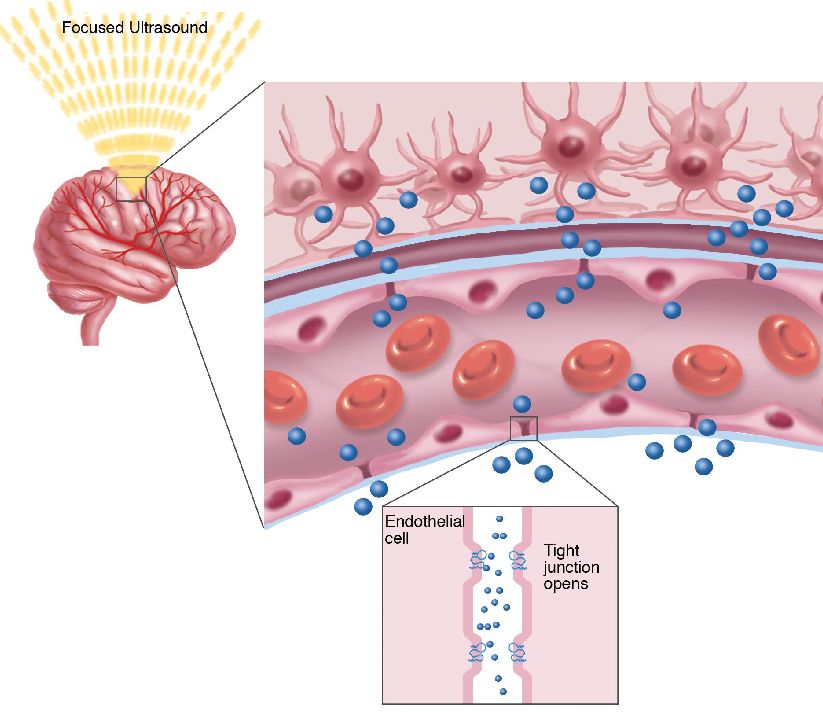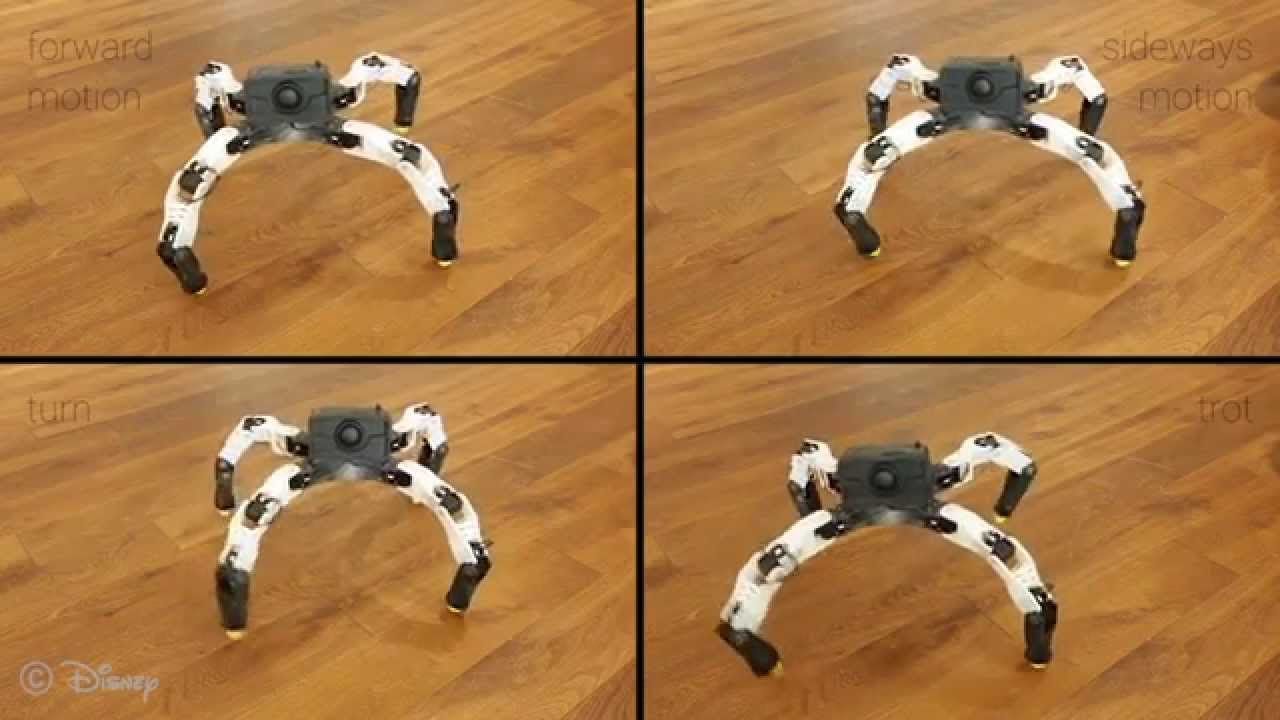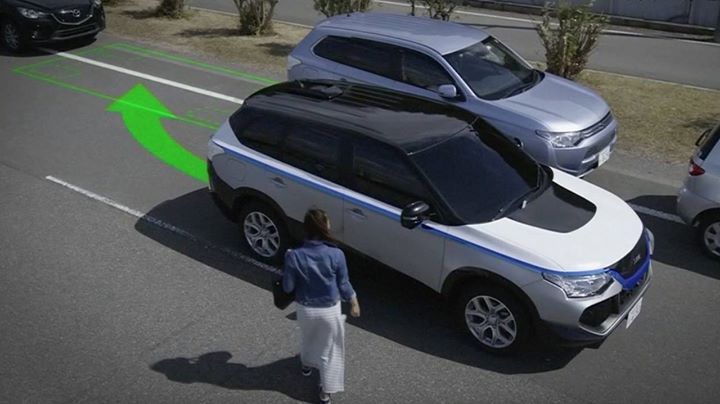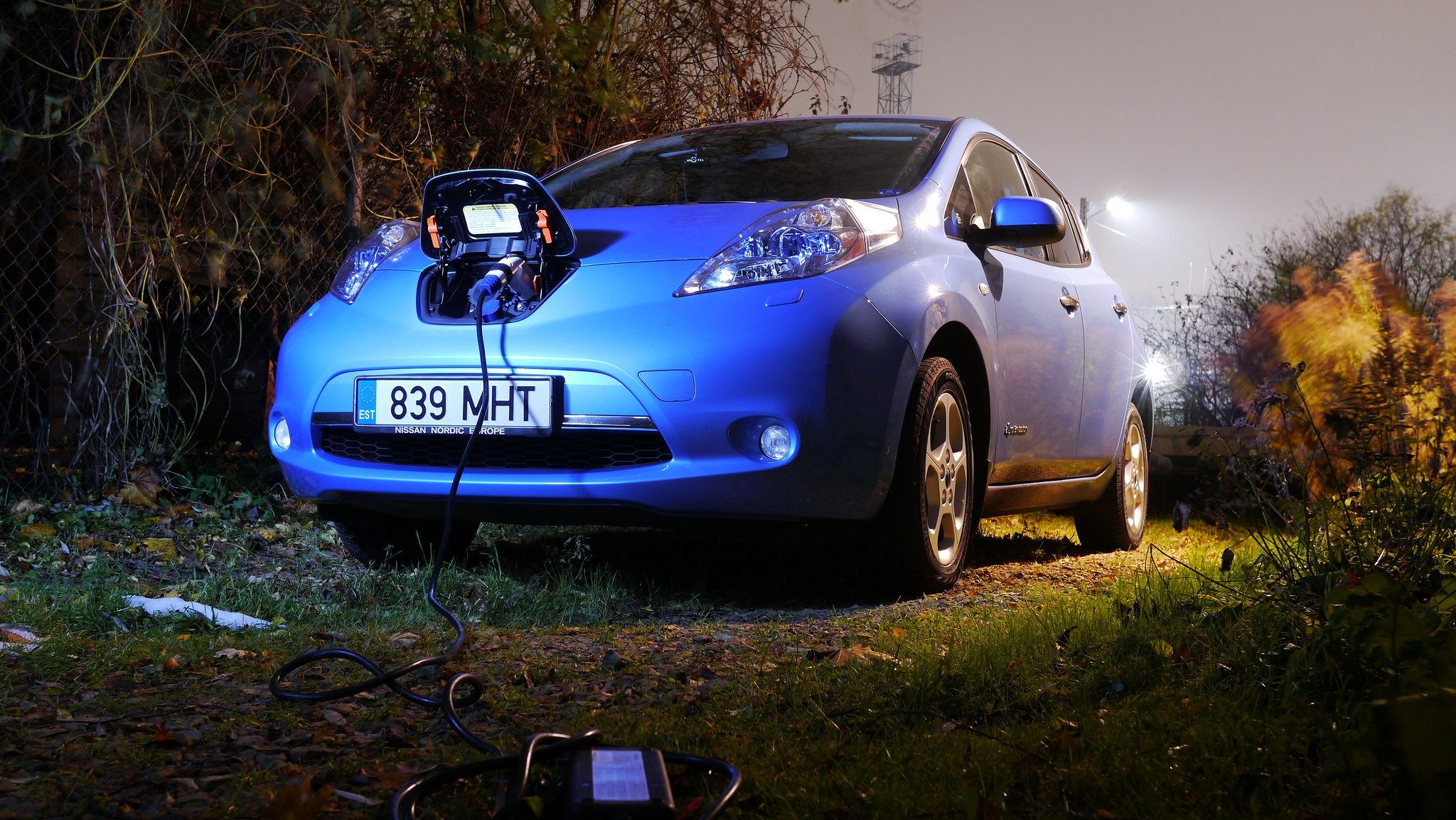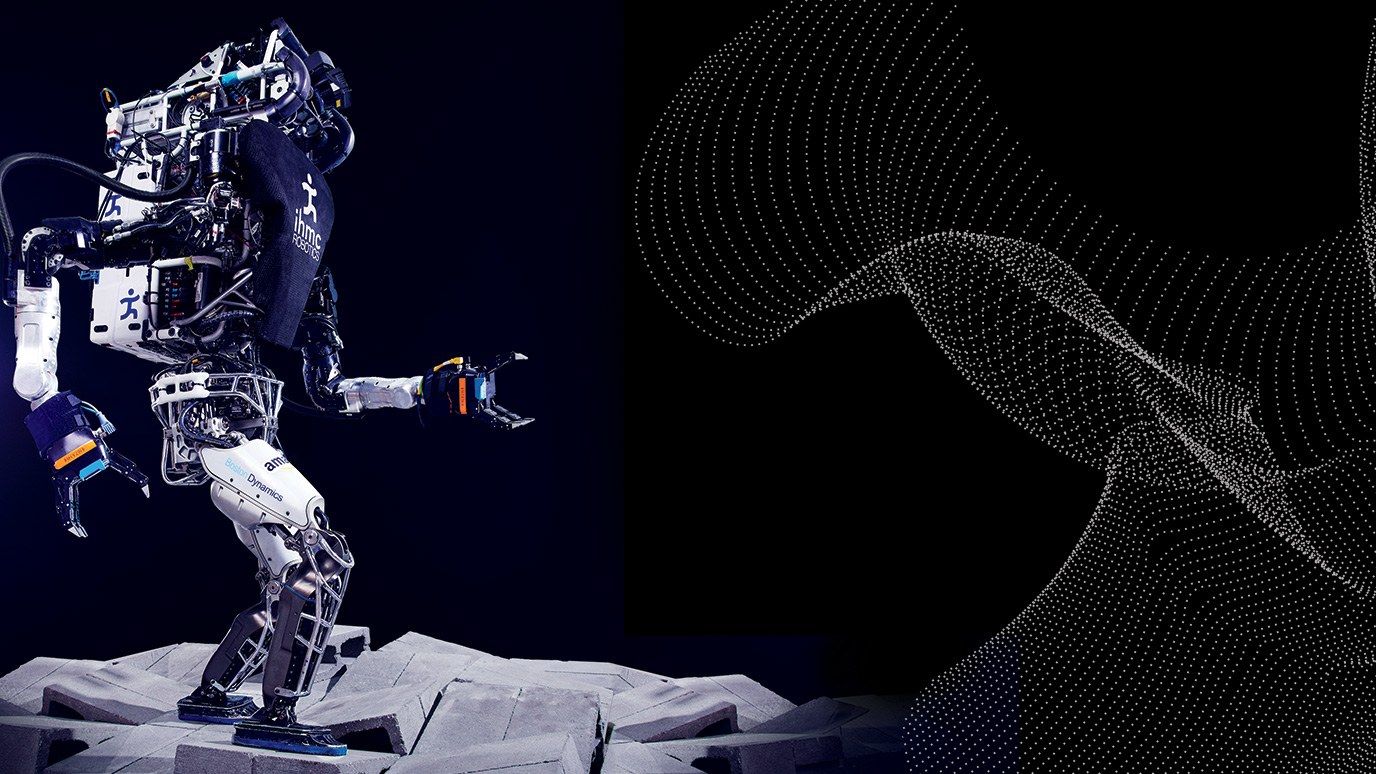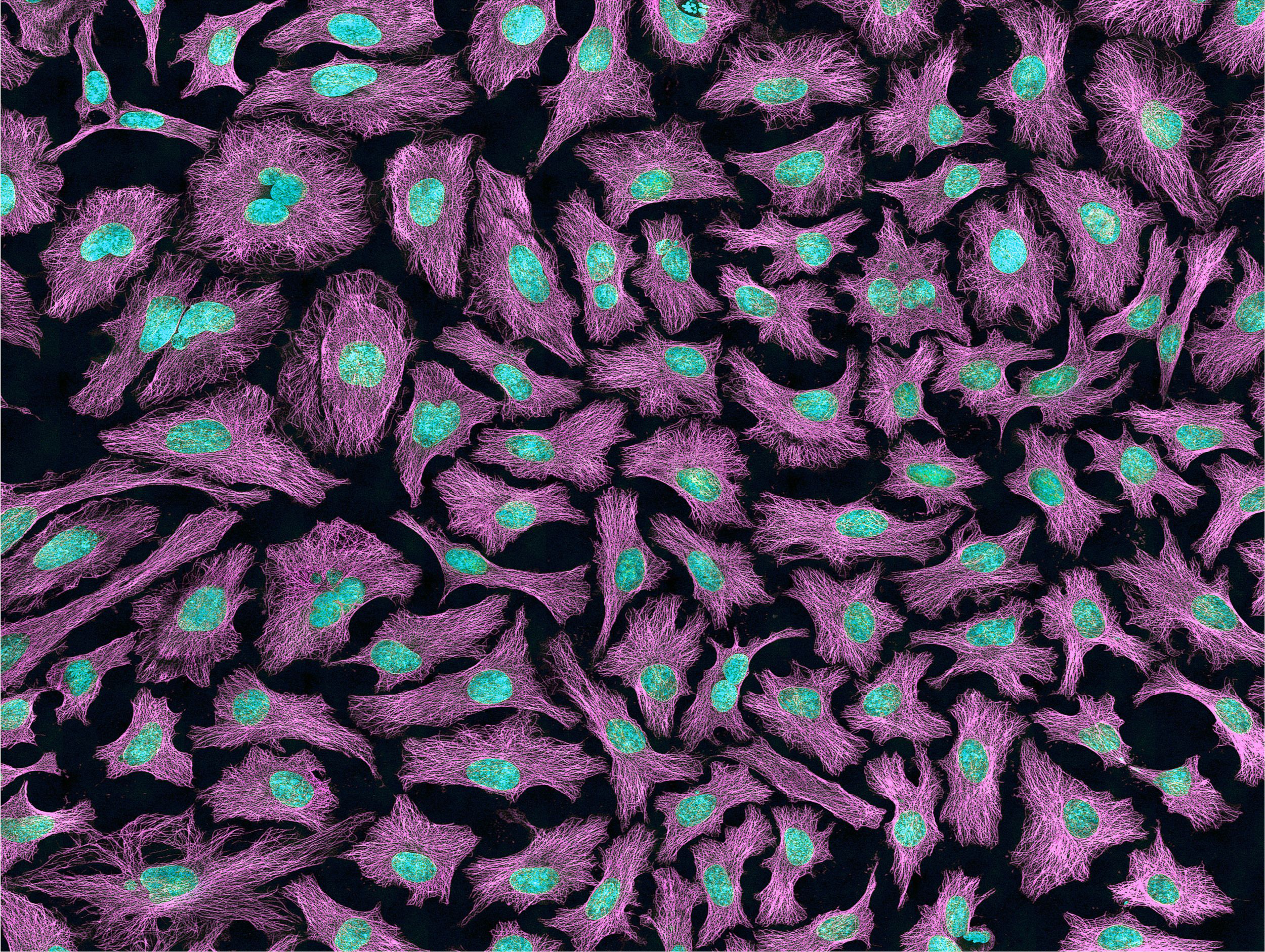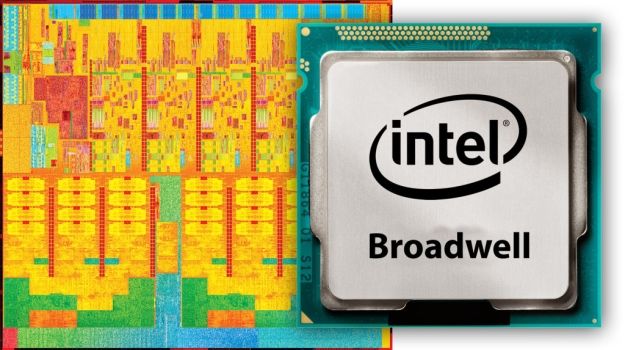Nov 14, 2015
Reports of Robots Stealing 50% of Jobs in the US and UK Are Totally Alarmist
Posted by Sean Brazell in categories: employment, robotics/AI
It’s being reported that a Bank of England official forecasts that in the next 10 to 20 years, smart robots will steal 80 million jobs from Americans and 15 million jobs from Britons—over half the workforce of each nation. I smell BS.
In a speech delivered yesterday by Bank economist Andy Haldane at the Trades Union Congress in London, he predicted that robots could quickly “hollow out” the middle class, shrinking the need for human-only skills, especially in clerical, production, and administrative jobs.
It’s true—I think robots will appear more in those sectors. But for every “robot overload” doom-and-gloom claim, there is a calming rebuttal of reason.
